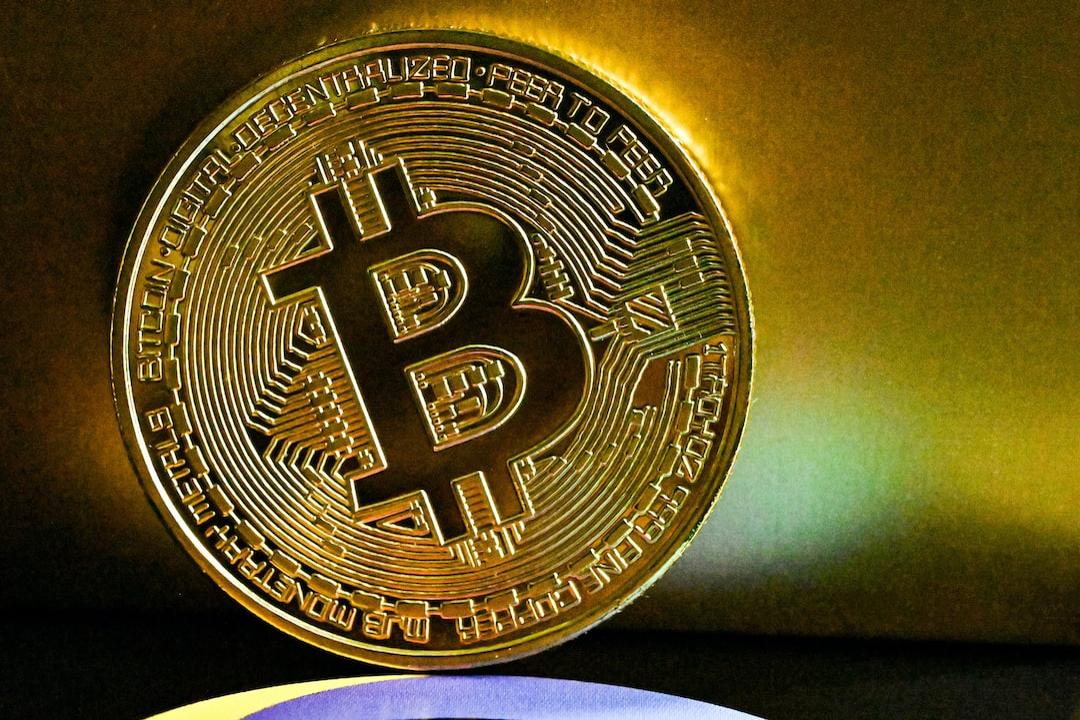Why does LP staking in APX Finance have such high returns? Where do these high returns come from? This article provides a detailed explanation of the income source of ALP. This article is sourced from an article published by 雨中狂睡 and compiled, translated, and written by 深潮.
(Previous context:
Beware of Solana phishing scams: Common attack types and prevention guide)
(Supplementary background:
In-depth analysis: Trends, competitive landscape, and investment value of sustainable contract DEX)
I have talked about APX Finance before. From October 15, 2023, to now, $APX has almost doubled. Today, let’s talk about ApolloX (now renamed APX Finance)’s ALP from a different perspective.
Currently, the staking yield of $ALP has reached 55%. In comparison, the yield of its competitor $GLP is 13%, and the yield of $VRTX, a token recently launched for staking (not an LP token but a protocol governance token), is 47%.

The income from LP token staking or native governance token staking often comes from fee income of derivative protocol and token inflation rewards. This is the case for ALP. It can surpass GLP and Vertex token staking APY directly because its income is composed of fee income (real income) and token inflation. However, it is worth mentioning that the real income brought by the protocol to ALP stakers is much higher than the inflation rewards.
Compared to GMX v1 GLP, ALP is also more stable in its composition, with stablecoins accounting for over 80%, which is less affected by the fluctuations of the crypto market.

At the same time, the price of ALP has been steadily rising. Its upward momentum comes from the losses of traders. According to Dune data, traders have currently lost 1.48 million USD, which will also be included in ALP’s income.

The losses of traders may come from two aspects:
– Bullish market trend, increased market risk preference, and growth in users and trading frequency.
APX Finance has introduced the Degen mode, which is suitable for traders with higher risk preference. The high leverage in the Degen mode is more like gambling than trading. We can see the proportion of 500ETHUSD and 500BTCUSD in its overall trend from the chart.

Secondly, APX Finance has recently launched the Dumb mode. The Dumb mode allows users to predict the price changes of various assets within a limited time (60s, 5m, 10m), and if the expiration price is higher than the entry price, they can earn returns of 70%, 85%, and 88%. But if the expiration price is lower than the entry price, users will lose 100% of their principal.
The introduction of Degen and Dumb modes essentially provides users with fresher and riskier products with higher returns, indirectly promoting the increase in trading frequency and volume.
Therefore, driven by these two new products and the underlying foundation (such as expanding to Arbitrum, opBNB, Base Chain), the protocol’s revenue increases, ALP’s price increases, and fee income increases. With the increase in ALP’s price, more people buy ALP, resulting in better liquidity and a better user trading experience.
The protocol will also use the income to repurchase $APX, and a portion of the repurchased $APX will be distributed to $APX stakers, while the other part will be burned. This will also drive up the price of $APX.
Overall, the price performance of $APX and $ALP and the performance of fee income are driven by APX Finance’s products and data. It is worth paying more attention to Perp DEX and APX’s Dune data dashboard.

Related reports
2024 “Eight Major New Narratives” Keywords: DePIN, RWA, SociaFi…
Stader Labs, a multi-chain staking facility, can it benefit from the Ethereum ecosystem?
In-depth understanding of Solana: Account, Token, Trading Assets, and how they differ from Ethereum.


